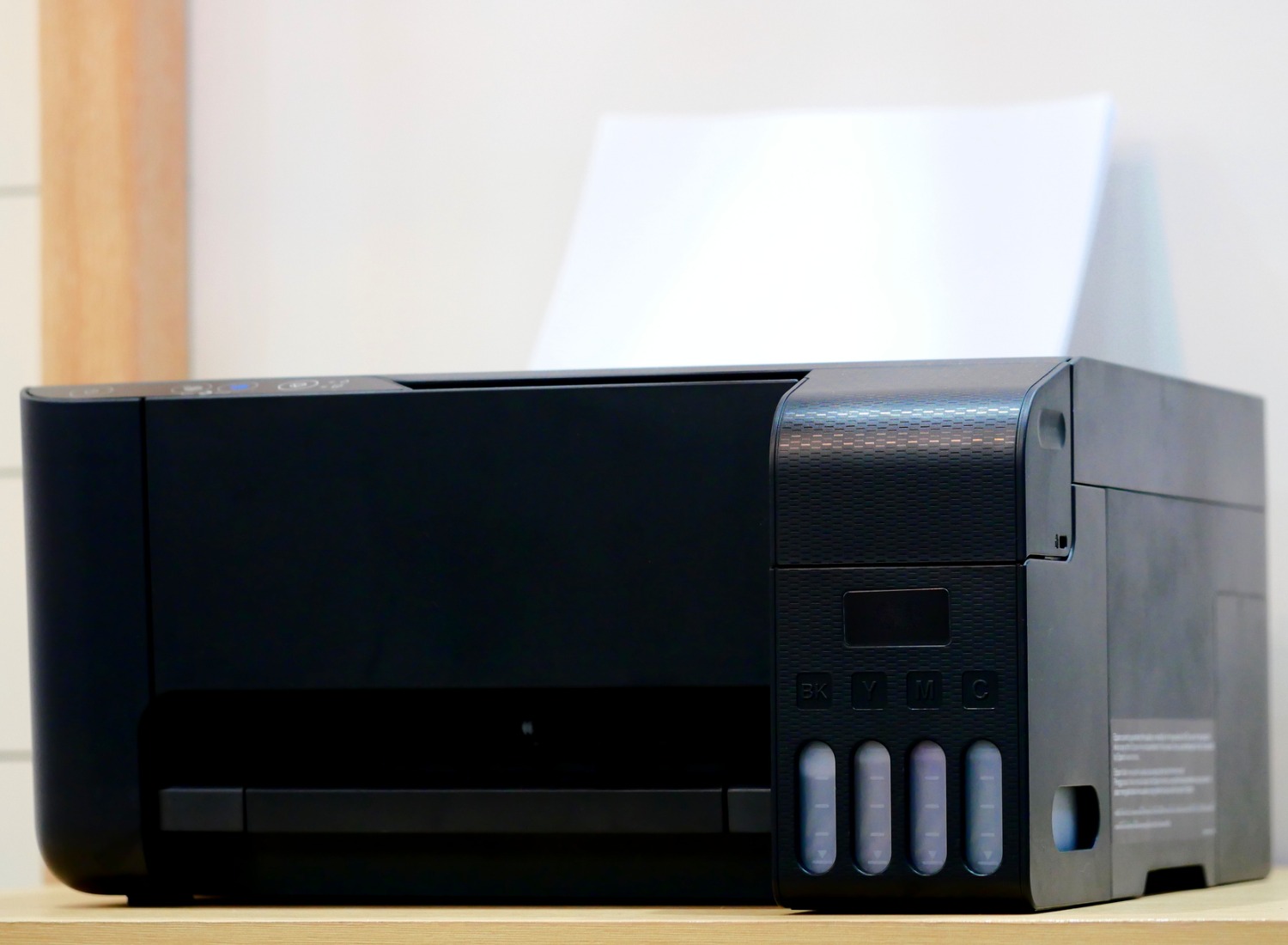The Pros and Cons of Wireless Printing and How to Decide If It’s Right For You

Wireless printing has revolutionized how we bring our digital creations to life in vibrant color. Gone are the days of tangled cords and limited connectivity. With just a tap of our fingertips, we can now effortlessly send documents and photos straight to the printer, no matter where we are in the house or office.
But, like any technological advancement, wireless printing has pros and cons that we need to consider before leaping. Are the benefits worth the potential drawbacks? And how do we decide if wireless printing is right for us? We’ll explore answers to these questions and more in this informative article.
About Wireless Printing
Wireless printing refers to the ability to print documents and images from a computer or mobile device without a physical connection to the printer. Instead of cables, wireless printing utilizes a wireless network, typically Wi-Fi, to send print jobs from the device to the printer.
When you use a wireless color printer, it establishes a connection between the device and the printer through a shared Wi-Fi network. The printer and the device must be on the same network for communication. Once connected, the device can wirelessly send print commands to the printer, which prints the document or image accordingly.
Evaluating the Advantages of Wireless Printing
Convenience and flexibility of wireless printing
Wireless printing offers convenience and flexibility by eliminating physical cables and allowing users to print from anywhere within the network range. Users can easily send print jobs from their devices without connecting directly to the printer, making it a time-saving option.
The mobility advantage of wireless printing
With wireless printing, you can print from any device connected to the same network, regardless of physical location. This mobility advantage increases productivity, as you can print from your laptop, smartphone, or tablet without being near the printer.
Easy sharing and collaboration with wireless printing
Wireless printing facilitates easy sharing and collaboration among multiple users. Users can send print jobs directly from their devices instead of transferring files to a dedicated printing computer. This enables seamless collaboration in workplaces or shared environments, as multiple users can access and print documents simultaneously.
Reducing cable clutter with wireless printing
Wireless printing reduces cable clutter in your workspace, providing a cleaner and more organized environment. Without physical connections, you can eliminate the hassle of managing and untangling cables, creating a neater workspace and reducing tripping hazards.
Addressing the Disadvantages of Wireless Printing
Potential security risks in wireless printing
One of the main concerns with wireless printing is the potential security risks. Wireless printers can be vulnerable to hacking or unauthorized access when connected to a network. Implementing proper security measures, such as password protection, network encryption, and regular firmware updates, is crucial to minimize these risks.
Dependence on wi-fi connectivity
Wireless printing heavily relies on a stable Wi-Fi connection. If the network experiences interruptions or connectivity issues may cause delays or failed print jobs. Ensuring reliable and fast Wi-Fi is important to maintain smooth wireless printing operations.
The challenge of setup and troubleshooting
Setting up a wireless or color printer can be more complex than connecting a printer via cables. Users may encounter difficulties configuring network settings, particularly if unfamiliar with the technology. Troubleshooting wireless printing issues, such as connection problems or print quality discrepancies, may require technical knowledge or assistance.
Quality and speed limitations of wireless printing
Wireless printing may have print quality and speed limitations compared to wired connections. While advancements in wireless technology have improved these aspects, wireless printing may still experience slight delays or lower-quality prints due to data transmission over the network.
Making the Decision: Is Wireless Printing Right for You?
Based on evaluating your printing needs, office layout, budget constraints, tech savviness, and environmental impact considerations, analyze if wireless printing aligns with your individual or business requirements. Consider the advantages and disadvantages outlined earlier and prioritize your specific needs.
While wireless printing offers numerous benefits, it is crucial to understand and accept the trade-offs involved. Consider the potential security risks, dependence on Wi-Fi connectivity, setup and troubleshooting challenges, and quality and speed limitations. Evaluate if the advantages outweigh the disadvantages for your printing needs.
Using the information gathered from the evaluation and analysis, decide whether wireless printing is the right choice for you. Consider consulting with professionals or seeking recommendations from trusted sources to ensure your decision is well-informed.
Summing Up
Wireless printing offers numerous benefits, making it a convenient and flexible option for home and business use. Ultimately, by carefully considering the pros and cons, evaluating your specific needs, and staying informed about advancements, you can decide whether wireless printing is the right choice. With the proper setup and optimization, wireless printing can offer convenience, flexibility, and efficiency in your printing tasks.
Your Trust, Our Core Commitment
At Rising Tech, earning and maintaining your trust is the cornerstone of our mission. We're dedicated to transparency, impartiality, and the relentless pursuit of truth in every article, review, and recommendation we publish. Our commitment to these principles ensures that you, our valued reader, are always equipped with reliable and unbiased information. Let us be your trusted guide in the ever-evolving world of technology.